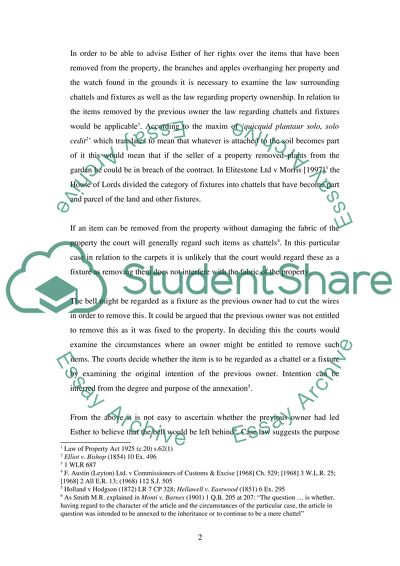Cite this document
(The Order of Property Assignment Example | Topics and Well Written Essays - 2000 words, n.d.)
The Order of Property Assignment Example | Topics and Well Written Essays - 2000 words. https://studentshare.org/law/1549520-law-of-property
The Order of Property Assignment Example | Topics and Well Written Essays - 2000 words. https://studentshare.org/law/1549520-law-of-property
(The Order of Property Assignment Example | Topics and Well Written Essays - 2000 Words)
The Order of Property Assignment Example | Topics and Well Written Essays - 2000 Words. https://studentshare.org/law/1549520-law-of-property.
The Order of Property Assignment Example | Topics and Well Written Essays - 2000 Words. https://studentshare.org/law/1549520-law-of-property.
“The Order of Property Assignment Example | Topics and Well Written Essays - 2000 Words”. https://studentshare.org/law/1549520-law-of-property.


